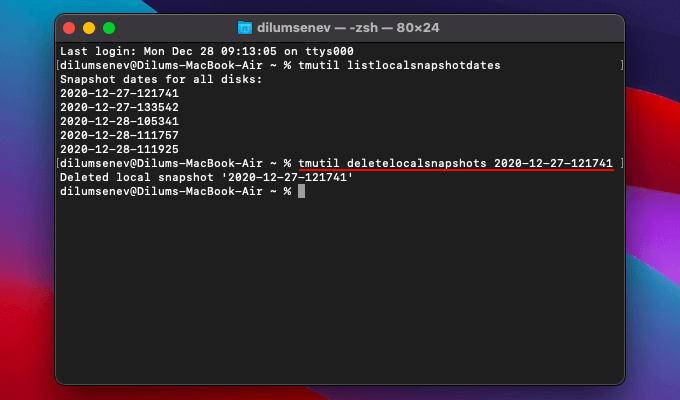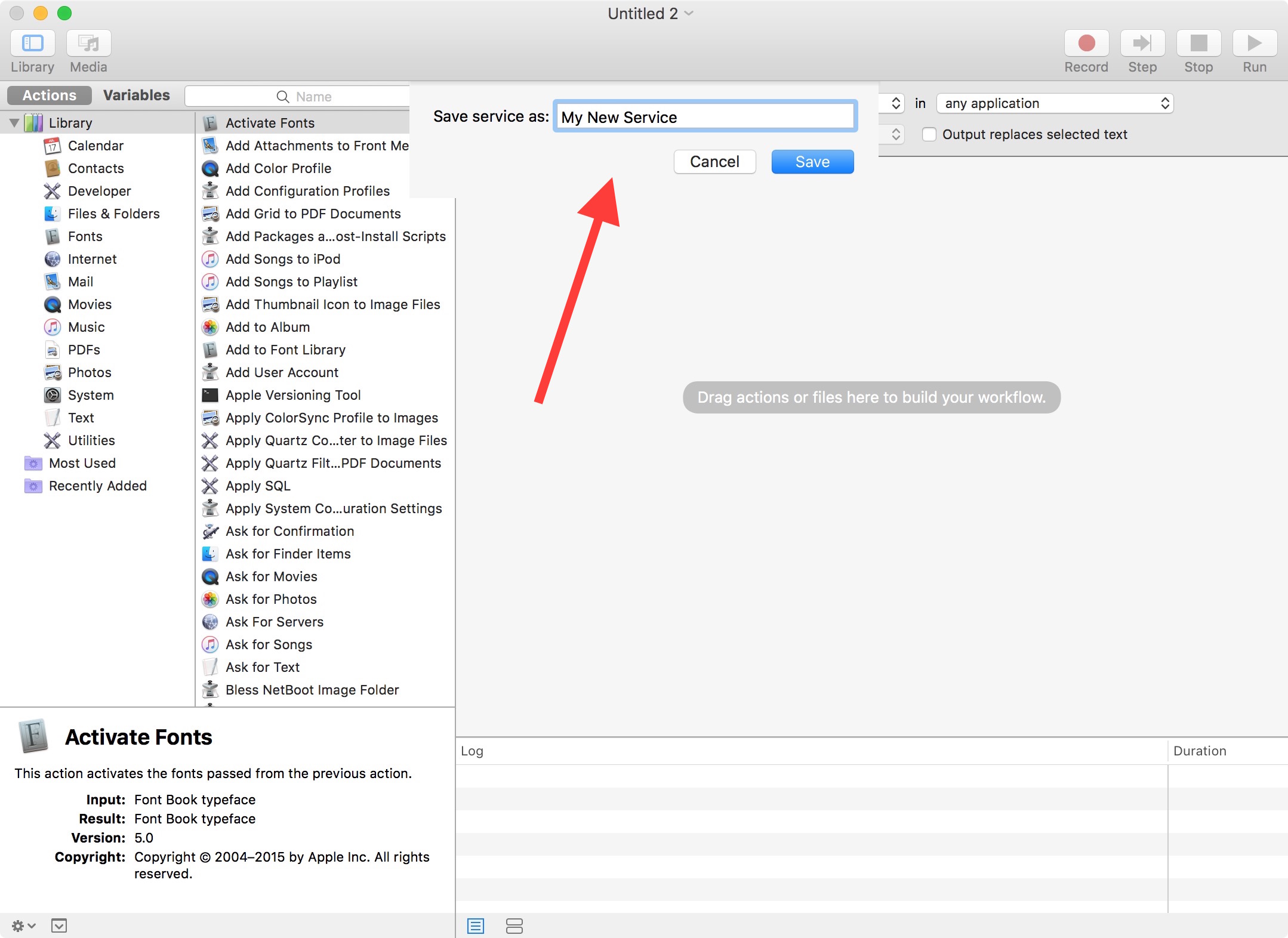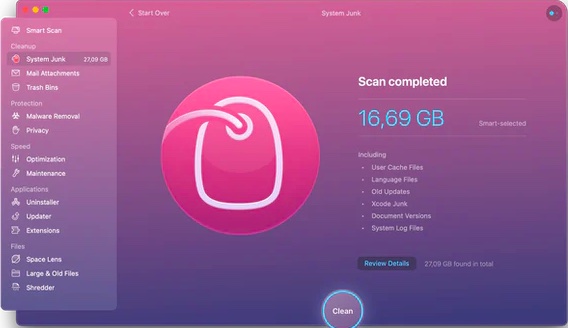
The translucent bar, known as the Dock, and the left Finder Window sidebar.
Delete mac os x log files mac os x#
Note for Windows users: Mac OS X has two file locations that are nothing more than shortcuts.

Delete mac os x log files how to#
If you find you must access any of the Mac OS X only folders while in 9 or running an application in Classic, return to X, and quit Classic and repair permissions (links to Apple knowledgebase explaining how to repair permissions) System Cache files should not be deleted unless your system is backed up, as they could impact the ability of programs to launch. But they could make it hard to troubleshoot issues that happened when they were last modified. Those log files can be deleted if you are running low on space. The latter function couldĮxplain the lag to wake from sleep. Long as you are in screen saver, but not always in Energy Saver, or they are deleted right after the machine wakes from sleep. There is a nightly script that runs to delete them in Mac OS X as

Observing all these rules will prevent headaches in the future.Īdditionally, you can safely delete Log files, but not the folders that own them. Users/JSmith/ (except its default subfolders) Applications Mac OS 9 - though I would test to make sure the application works after moving it. You can freely move the contents of these files and folders about, though not necessarily their subfolders (unless you created the folder): Be aware that by default Mac OS X may set itself to put your iTunes music in /Users/JSmith/Music though that can be changed in the preferences, and iPhoto in /Users/JSmith/Pictures/ App files in your Applications folder, these are Mac OS X native applications.ĭon't delete or move files in your /Users/JSmith/Documents or /Users/JSmith/Library folder. In Mac OS X View by columns allows you to navigate folders by single clicking on them, but they maintain the same hierarchy.ĭon't delete or move files within System and Library folders appearing when you first double click your hard disk. So when I say /Users/JSmith/Documents/, that means you double click hard drive, double click Users, Double click JSmith, and double click Documents folder to get there from Mac OS 9. Unix defines directories and subdirectories by /es. We'll assume your user folder here on in your Users folder is your JSmith folder for example purposes only. So if you first setup your Mac OS X account on setup as JSmith, don't rename or move the JSmith folder from the Users folder. User folders must have their name maintained if you expect to be able to use X again.

These are files that are otherwise invisible in Mac OS X and help Mac OS X manage the system itself.ĭon't delete or move mach files that appear when you double click the hard disk icon. DS_Store), should not be renamed or moved. This means you can browse to them in Finder or via the Terminal, open them in other applications, use command-line tools with them, and back up the files.Moving files in Mac OS X is not as simple as it was in Mac OS 9 days (prior to 2004, not to be confused with the 2013 released Mac OS X 10.9), and is different from Windows as well.īefore deleting or moving any files you are uncertain of, be sure to make at least two backups of your critical data.įiles with a period as a prefix (i.e.profile, and. These logs are plain-text files you can find on your Mac’s local disk, too. Click File > Save to save your text file afterwards. Next, open the TextEdit application-for example, by pressing Command+Space, typing “TextEdit,” and pressing “Enter.” Create a new document and then select Edit > Paste to paste the messages into the text file. Next, click Edit > Copy to copy them to your clipboard. First, click Edit > Select All to select all the messages on the current screen. You can copy data from your system logs to a text file, if you need to export it to share it with someone else for troubleshooting purposes. To view another Mac user account’s logs located under “User Reports” or “~/Library/Logs,” you’ll have to sign in as that user and then open the Console app. “~Library/Logs” is your current Mac user account’s user-specific application log folder, “/Library/Logs” is the system-wide application log folder, and “/var/log” generally contains logs for low-level system services. The search bar works to filter these log files, too. To view the system log file, click “system.log.” To browse different application-specific logs, look through the other folders here. An application’s developer may need this information to fix a crash that occurs on your Mac, too. If you need more information about why an application crashes on your system, you may be able to find it here.


 0 kommentar(er)
0 kommentar(er)
